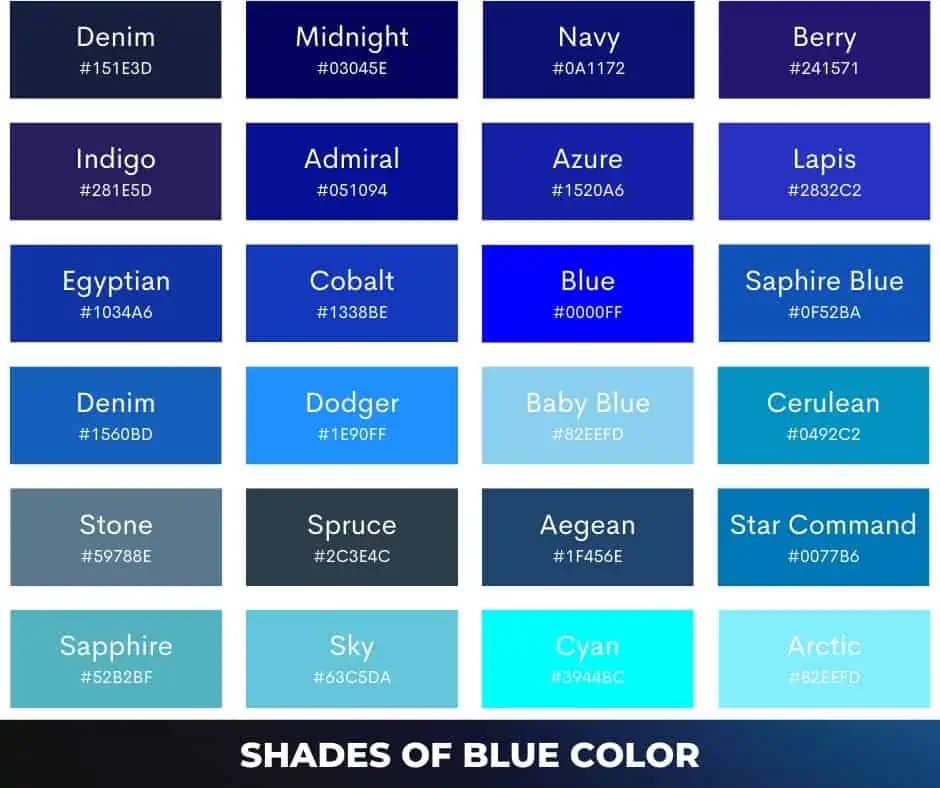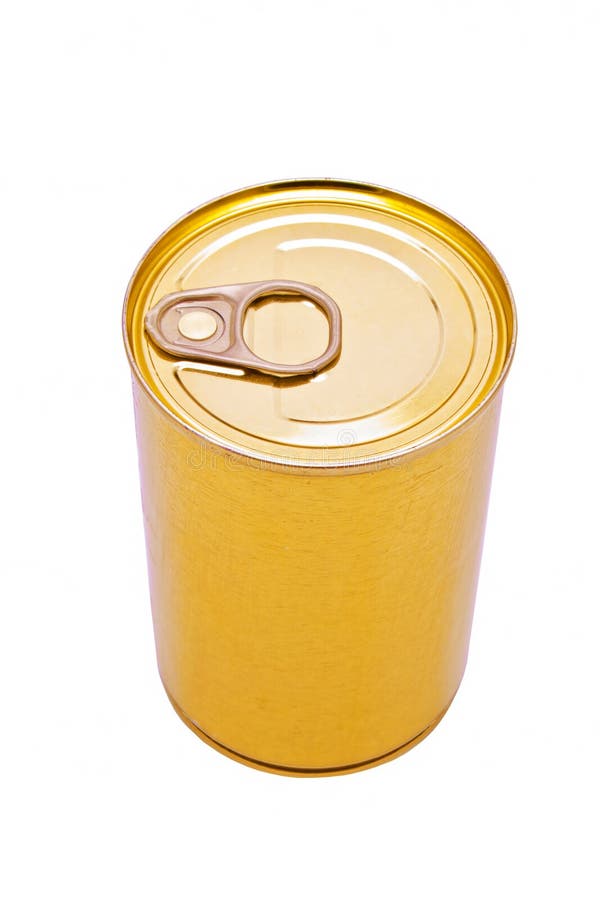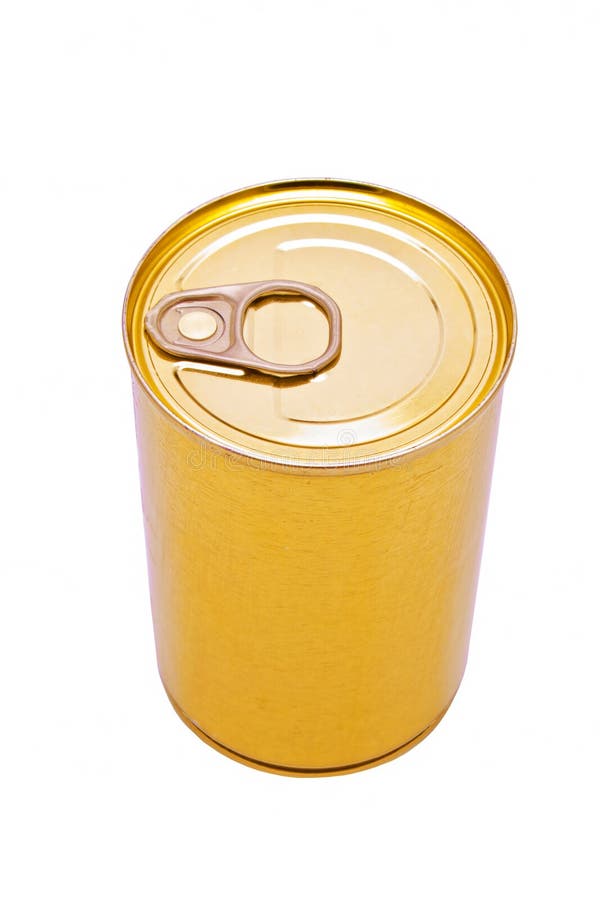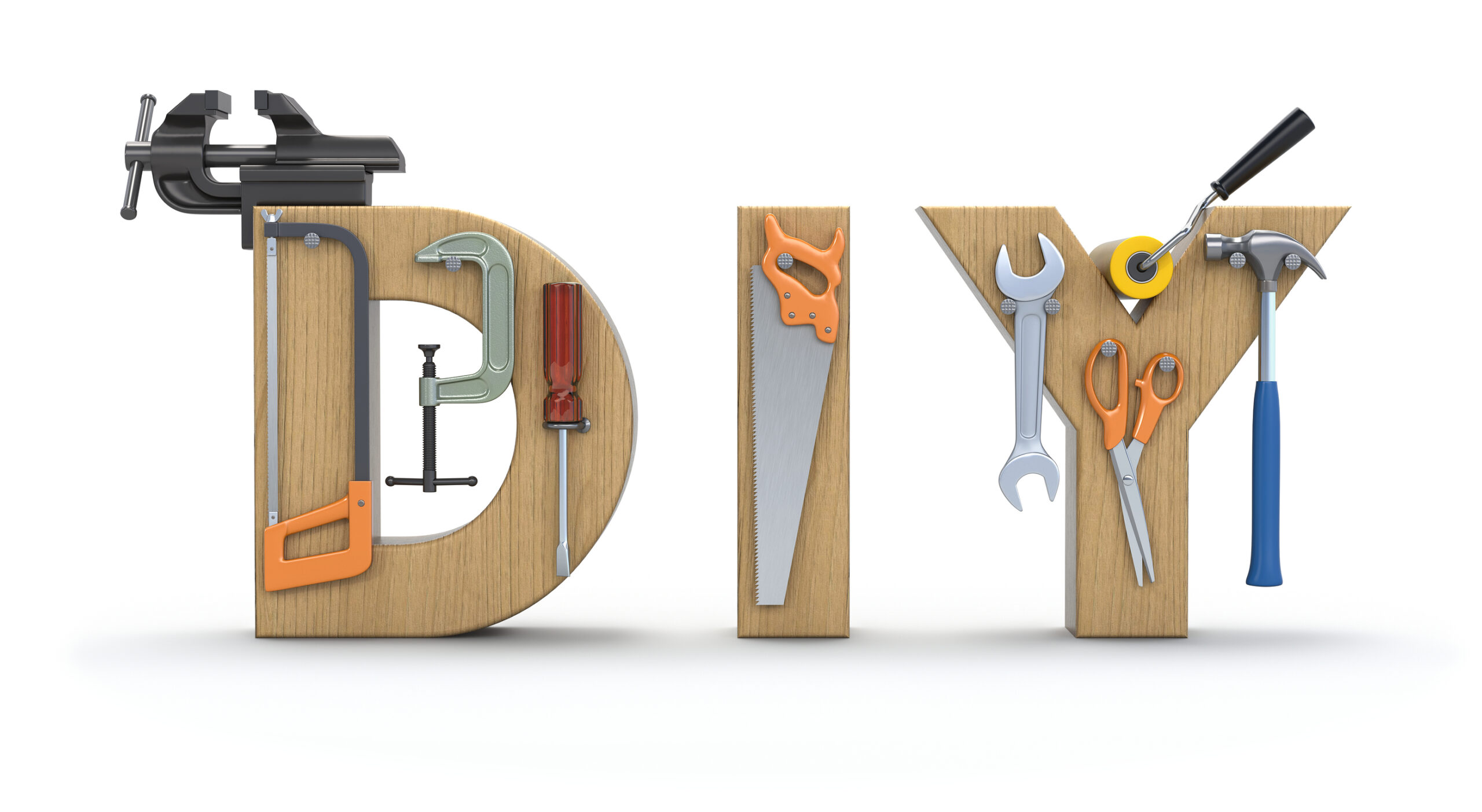How to Make DIY Wind Chimes: Step‑by‑Step Plans, Tuning Tips, and Proven Materials
Overview: Create Durable, Great‑Sounding Wind Chimes at Home
Wind chimes are a rewarding project you can complete with basic tools and affordable materials. This guide walks you through planning, materials selection, precise tube cutting and drilling, tuning fundamentals, and final assembly. You will also learn alternatives for sound profiles, practical troubleshooting, and weatherproofing techniques backed by established DIY resources and chime design references [1] [3] [4] .

Source: exatasresolve.com.br
Plan Your Design and Sound Profile
Before cutting any material, decide on the number of tubes, the scale or interval spacing, and the overall size of the chime. Many DIYers start with 5-6 tubes for a balanced look and varied tones. Larger diameter and longer tubes generally produce lower, mellower notes, while shorter, narrower tubes produce higher, brighter tones. Designing around the longest tube helps you estimate the overall height, including space for the striker (clapper) and wind sail below the tube array [4] . For a first build, consider a simple pentatonic set of 5 tubes-this tends to sound harmonious in most wind conditions and is forgiving if your cuts vary slightly. Sketch the top support (round disk or polygon), tube spacing, and where strings will pass through so the array hangs evenly [1] .
Choose Materials: Tubes, Top Disk, Striker, and Sail
Common tube materials include aluminum, steel EMT conduit, copper, and brass. Aluminum and copper typically yield clear, resonant tones; EMT (electrical metallic tubing) is budget‑friendly and weather‑resistant, producing a deeper, more robust sound when sized correctly. For an accessible, durable option, 3/4 inch EMT is widely available, inexpensive per 5‑foot section, and stands up well outdoors when properly finished [3] . A solid wood top disk (not MDF or plywood) resists moisture better; seal it with exterior finish to extend life. Builders often use nylon line, fishing line, or twine for suspending tubes; add small eyelets in the top disk to reduce wear points. A hardwood or metal striker works; ensure the diameter is wide enough to reach each tube evenly. For the sail, wood, plastic, or metal can work; slightly heavier sails can improve light‑wind activation without overdriving the chimes in strong gusts [5] [1] .
Tools and Safety
You can complete this build with a tape measure, hacksaw or pipe cutter, drill, 1/8 inch drill bit, sandpaper, and basic hand tools. If cutting steel or EMT, use the correct abrasive blade or a tubing cutter, deburr ends thoroughly, and wear safety glasses and gloves. When drilling tubes, a V‑block or jig helps keep holes centered and aligned along the hang points, improving both aesthetics and sound consistency [4] [3] .
Cut and Prepare the Tubes
For a simple, musical set, cut 5-6 tubes in ascending lengths. While exact musical tuning requires formulas or calculators, beginners can follow pre‑calculated lengths from reputable DIY chime resources or maintain proportional differences to achieve pleasing intervals. It is best to cut each tube slightly long-about 1/8 inch-then file or sand to final length to square ends and remove burrs. Smooth, slightly chamfered edges reduce line wear and improve safety. After cutting, mark consistent hang‑point distances from the tube top-many builders place the suspension holes a set distance down from the end so each tube hangs level relative to the top disk. Accuracy here helps your array remain balanced and improves the striker’s contact zone [4] [1] .
Drill Suspension Holes and Prepare the Top Disk
Use a center punch to prevent bit wander, then drill 1/8 inch suspension holes at your marked points. Support tubes in a V‑block to keep the bit centered; drill slowly for clean holes. On the top disk, mark evenly spaced holes around the perimeter for each tube’s line. Add a central hole for the eyebolt that will carry the striker and sail assembly. Eyelets or small screw‑eyes at each mark reduce abrasion against the wood, and an eyebolt with a washer and nut provides a strong center anchor. Pre‑drill pilot holes to avoid splitting, and seal or stain the wood before final assembly for better weather resistance [3] [2] .
Assemble the Hanging Array
Thread nylon line or trimmer line through each tube’s suspension holes and up through a pair of holes in the top disk for stability. Keep each tube’s top roughly level and ensure uniform spacing between tubes so the striker can swing freely. Many builders leave the tube tops about three‑quarters of an inch below the underside of the top disk to reduce interference and allow clean swing motion. Tie secure knots and, if desired, add a small drop of fast‑setting adhesive to lock them. Attach a short chain or line beneath the center eyebolt: striker first, then another short segment down to the wind sail. Test balance as you go so the array hangs straight and the striker sits centrally among the tubes [2] [1] .

Source: founderpass.com
Tuning Basics and Placement of Striker
Fine tuning can be approached two ways: by carefully choosing tube lengths using calculators/tables, or by iterative testing and trimming small amounts from tube ends to raise pitch. The striker should contact each tube around the same vertical zone; if it sits too high or low, some tubes may sound dull or miss strikes in light winds. Hanging points on tubes affect vibration modes; placing them at recommended nodal positions from tuning references helps sustain ring and clarity. If you do not use precise nodal math, keep your holes consistently placed across tubes and test ring with gentle taps, adjusting striker height until all tubes sound evenly with similar effort [4] .
Weatherproofing and Durability
For outdoor longevity, seal wood components with sanding sealer, exterior stain, and a clear topcoat, allowing proper drying time between coats. Metal tubes benefit from cleaning and, if desired, clear coat to slow oxidation. Heat‑shrink tubing or grommets at suspension holes can reduce abrasion on lines. Nylon monofilament, braided fishing line, or UV‑resistant cord may last longer outdoors. Regularly inspect knots, eyelets, and the sail connection; retie or reinforce any worn areas to prevent failures over time [3] .
Alternative Approaches and Upgrades
• Materials: Copper offers warm tones and ages to a verdigris patina; aluminum is lightweight with clear sustain; brass can be bright and articulate. EMT is economical with a deeper voice at larger diameters. Mixing materials changes timbre but can complicate tuning consistency across tubes [3] . • Shapes and Mounts: Instead of a round top disk, a hexagon or square can create even spacing for 6‑tube layouts and simplify string routing. A hexagonal cap is a popular beginner layout that balances easily when three hang lines are routed symmetrically [1] . • Striker and Sail: Heavier sails can improve activation in light winds, but very heavy sails may overdrive the chime in gusty locations. Experiment with material and size; acrylic, plywood, or metal all work. Ensure sail size does not tangle in nearby structures [5] . • Finishes and Accents: Paint or stain the top disk, apply protective clear coat, and consider contrasting cords or beads (placed away from strike zones) for aesthetics without dampening tone [3] .
Step‑by‑Step Quick Start
1) Plan: Choose 5-6 tubes, target overall length, and top disk shape. Sketch spacing and central striker path [4] . 2) Source Materials: Acquire 3/4 inch EMT (or aluminum/copper), solid wood for top and striker, line/chain, eyelets, and an eyebolt. Pick a modestly heavy sail material for reliable motion [3] [5] . 3) Cut Tubes: Mark and cut to your planned lengths; leave an extra 1/8 inch for final sanding and deburring [4] . 4) Drill: Mark consistent hang points; drill 1/8 inch holes using a V‑block or secure jig. Drill top disk perimeter holes and a center hole for the eyebolt. Install eyelets [3] . 5) Finish: Seal, stain, and clear‑coat wood; optionally clear‑coat tubes. Let finishes cure fully before assembly [3] . 6) Assemble: Thread lines through tube holes and disk, tie secure knots, and adjust so tube tops are even and spaced. Install eyebolt, attach chain/line, striker, and sail. Test balance and strike zone; adjust lengths as needed [2] . 7) Test and Tune: Gently tap each tube; if one sounds dull, check for interference or adjust striker height. If pitch is too low, you can carefully shorten that tube in very small increments, re‑deburr, and retest [4] .
Troubleshooting and Placement Tips
If tubes tangle or fail to sound, increase spacing between them or adjust the sail size to catch more wind. Ensure the striker hangs centrally and can swing freely without hitting the top disk. If the array tilts, recheck top disk hole spacing and knot lengths. Place your chime where breezes are consistent-under eaves, on porches, or near garden paths-while avoiding constant contact with walls or posts. Periodically rotate the chime to even out weathering and check knots for UV wear. These small maintenance steps extend service life and keep tones clear all season [2] [1] .
What to Build Next
Once you are comfortable with a 5‑ or 6‑tube set, consider a larger, lower‑pitched chime with wider diameter tubes for a dramatic, cathedral‑like tone. You can also experiment with different strikers-wood versus metal-to alter attack and sustain. Builders who enjoy data‑driven tuning can explore pre‑calculated tables and nodal suspension positions to achieve specific musical scales with repeatable results [4] .
References
[1] Instructables (2017). Make a Wind Chime: tools, materials, layout, and assembly steps. [2] The Great Outdoors (2020). Make Your Own Wind Chimes: drilling, assembly order, and hardware details. [3] Instructables (n.d.). DIY Outdoor EMT Wind Chimes: EMT material choice, finishing, and eyelet assembly. [4] Lee Hite (2020). Chime Design & Build: cutting, deburring, hang-point drilling, and design considerations. [5] YouTube (2021). Making A GIANT Set Of Wind Chimes: sail weight considerations and build overview.
MORE FROM getscholarships.de













